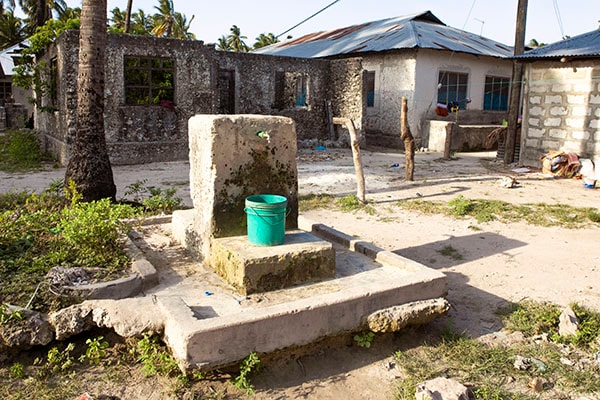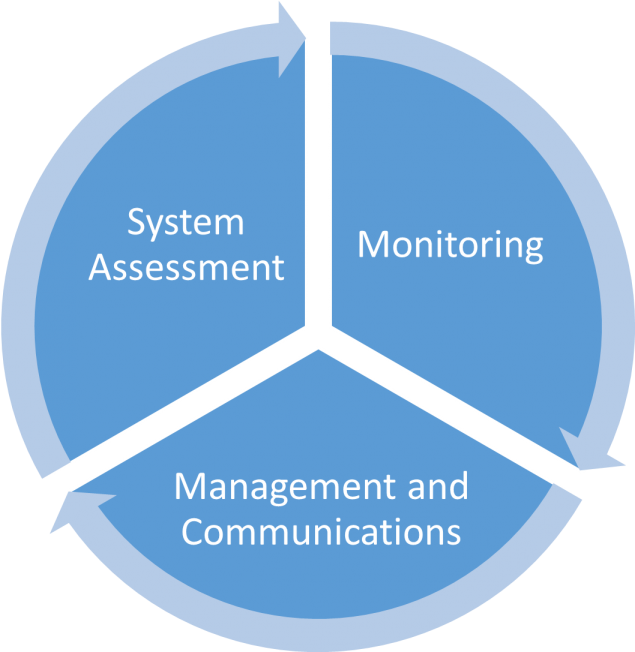Community Water Systems and Water Safety Plans

Safe and readily available drinking water is key to public health. Community water systems and water safety plans (WSP) are important ways to ensure the health of a community and access to drinking water.
A community water system (CWS) supplies water to the same population year-round. In many places, communities lack the capacity to effectively adapt their current systems for water, sanitation, and hygiene to the community’s changing needs (such as, population growth, changes in water quality).
Water Safety Plan

Key components of a water safety plan
Water safety plans (WSP) were introduced by the World Health Organization (WHO) in the Guidelines for Drinking Water Quality. According to the WHO, the objectives of a water safety plan are to ensure safe drinking water through good water supply practices, which include:
- Preventing contamination of source waters.
- Treating the water to reduce or remove contamination to the extent necessary to meet the water quality targets.
- Preventing re-contamination during storage, distribution, and handling of drinking water.
A water safety plan has three key components to ensure that drinking water is safe for the public:
- A system assessment to determine whether the drinking water supply chain (up to point of consumption) can deliver quality water that meets identified targets.
- Effective operational monitoring of each control that measures identified risks and whether health-based targets are met.
- Management and communication plans that describe operating procedures and document the system assessment.